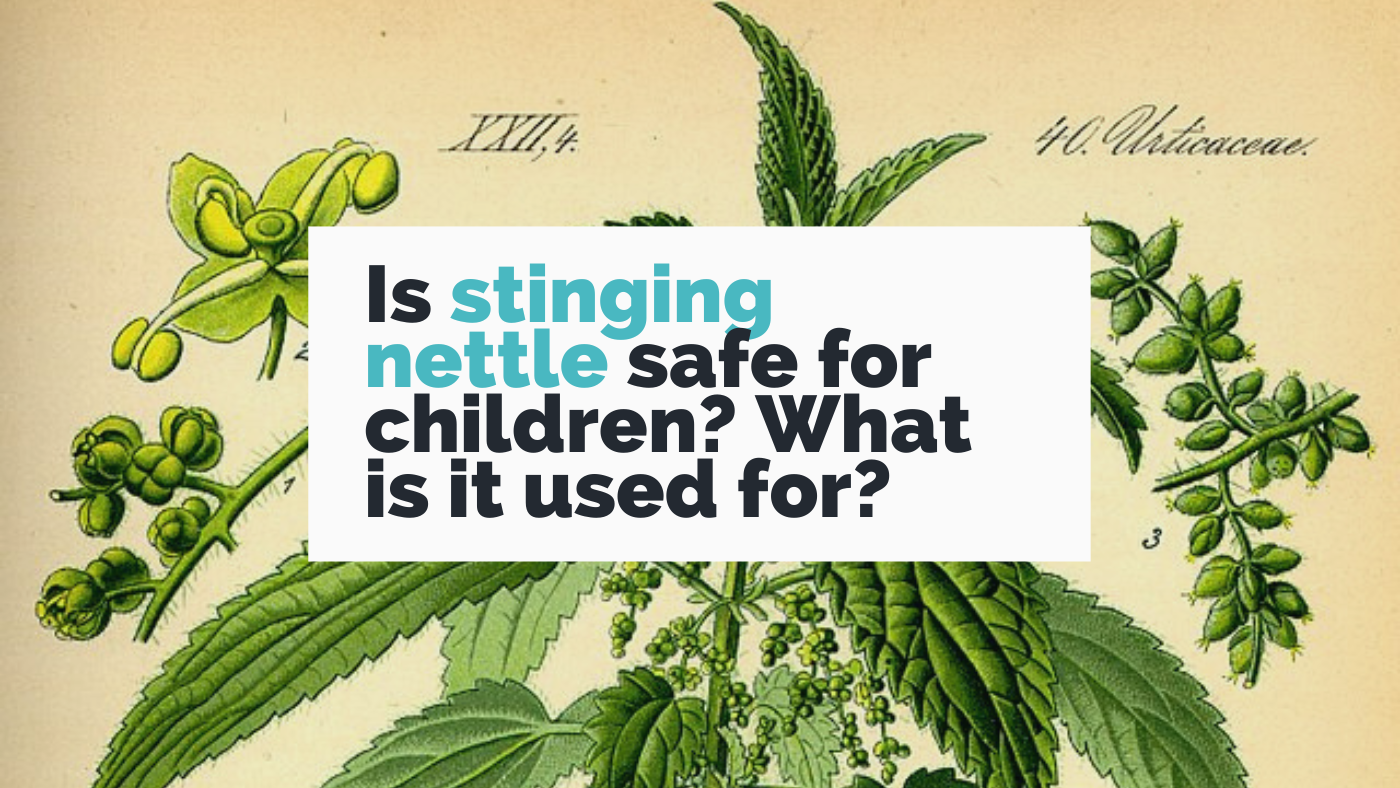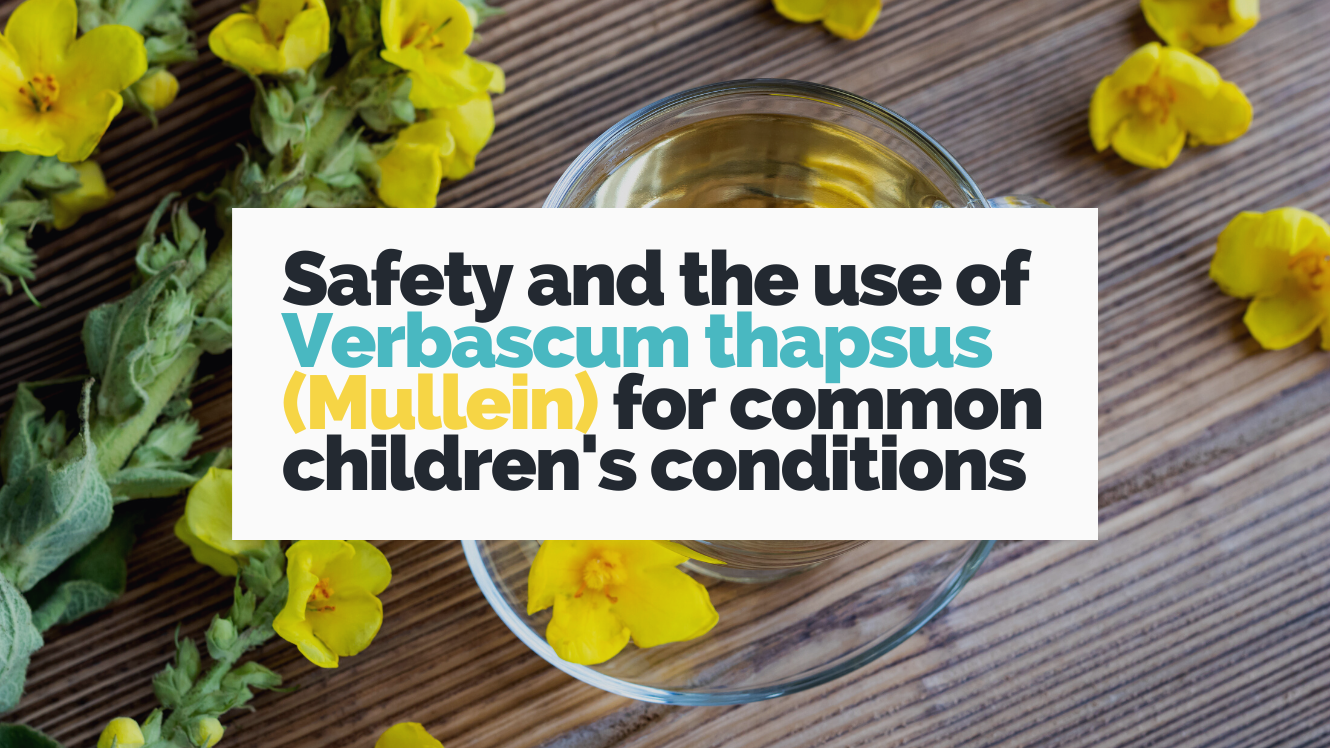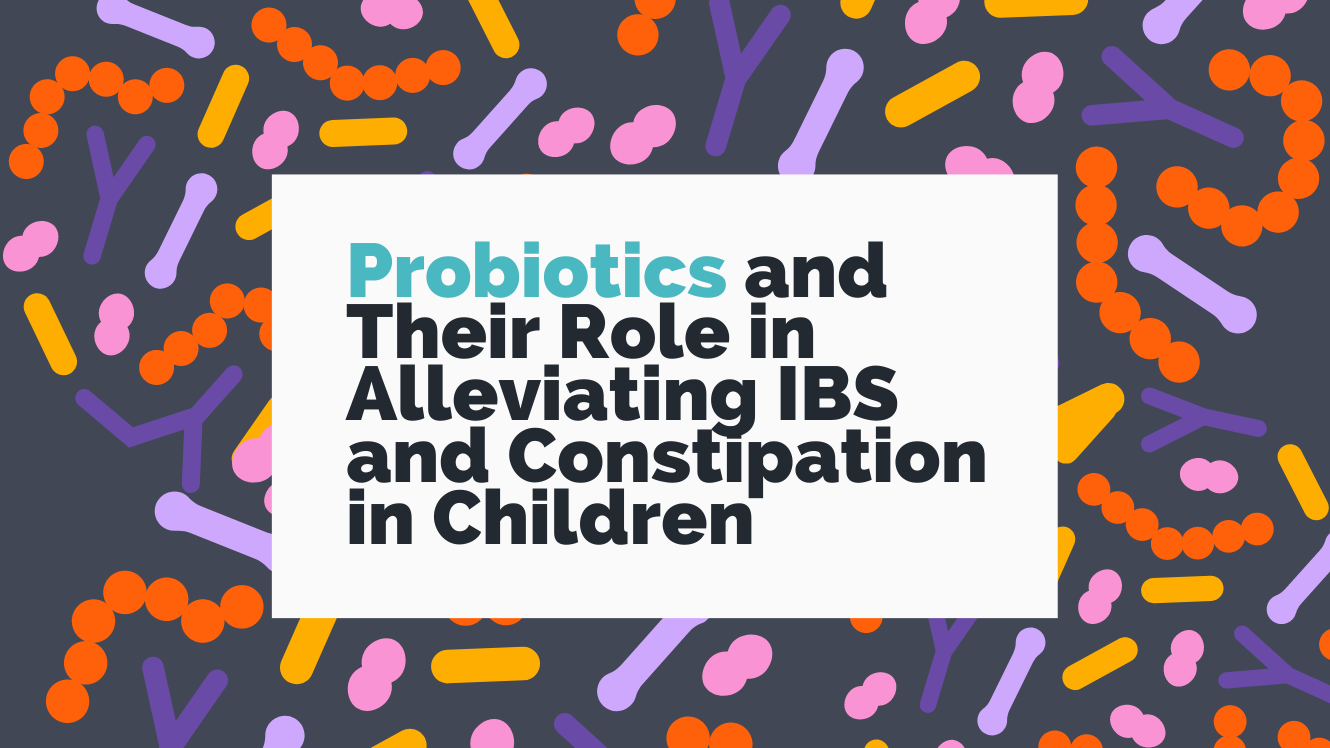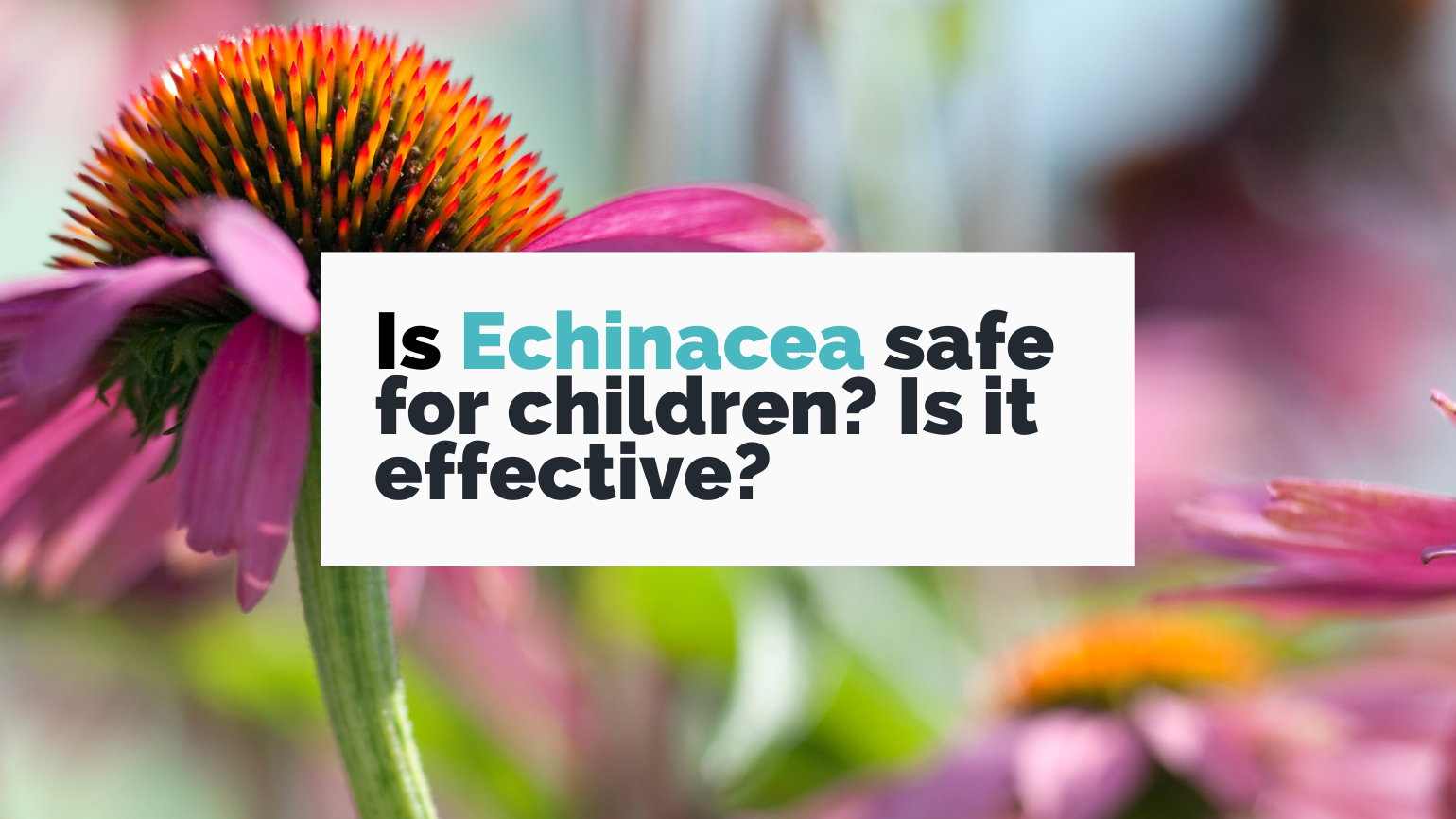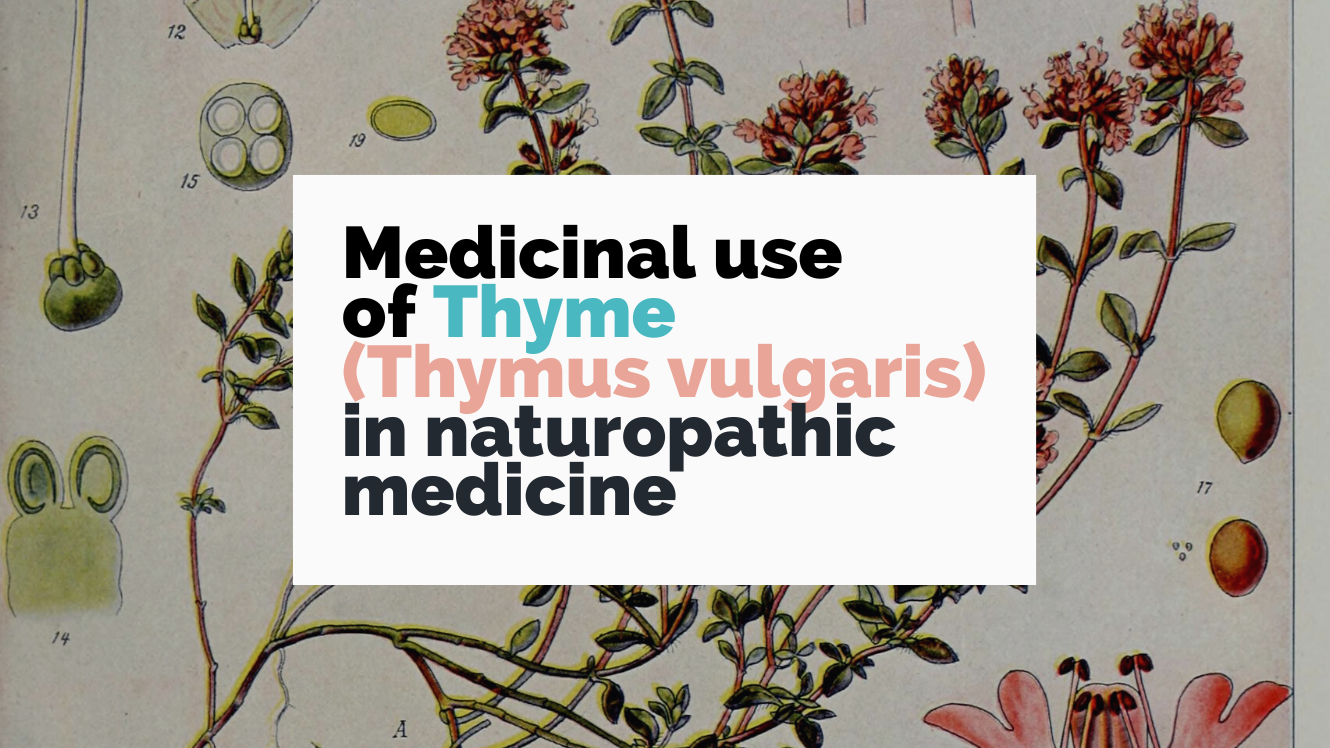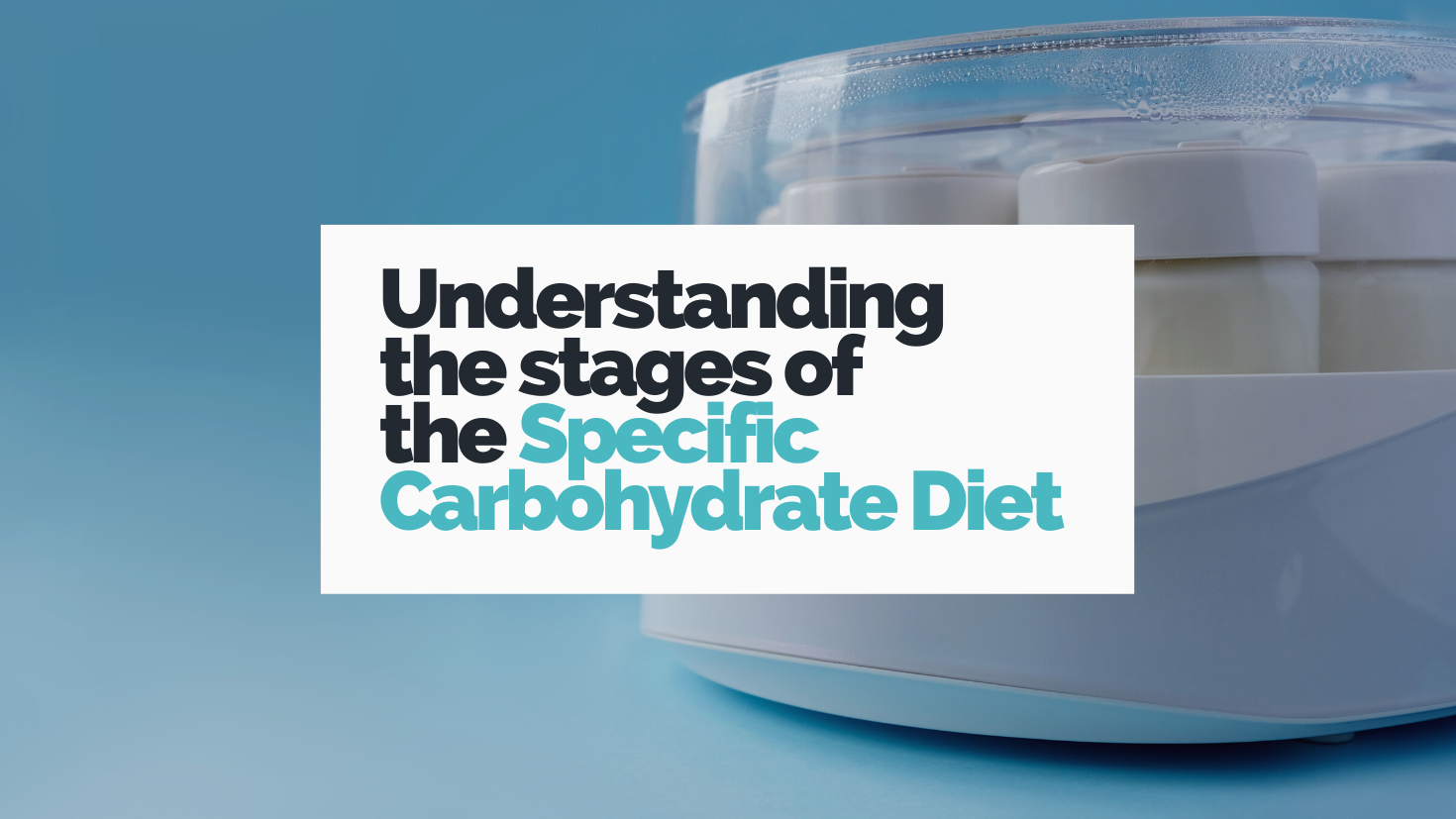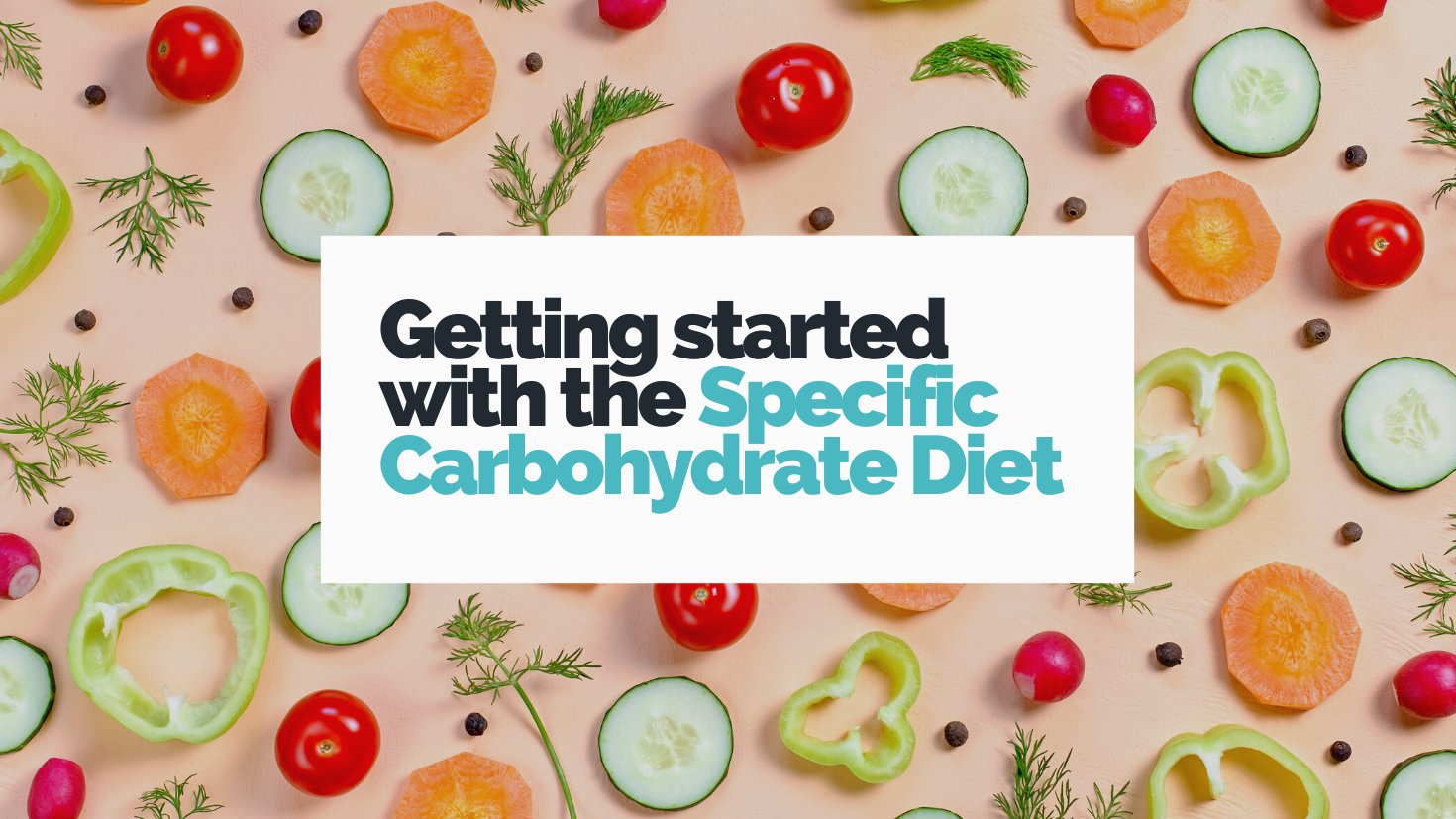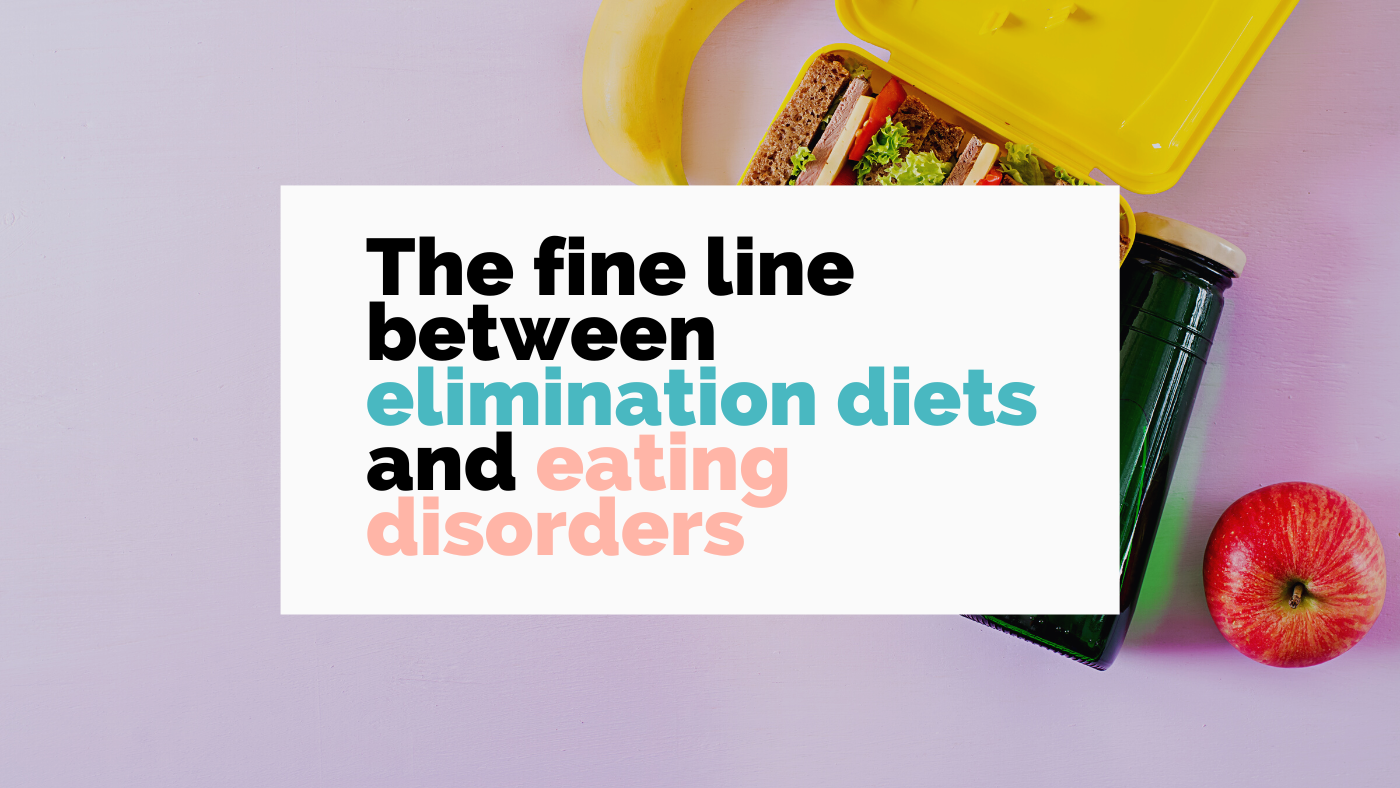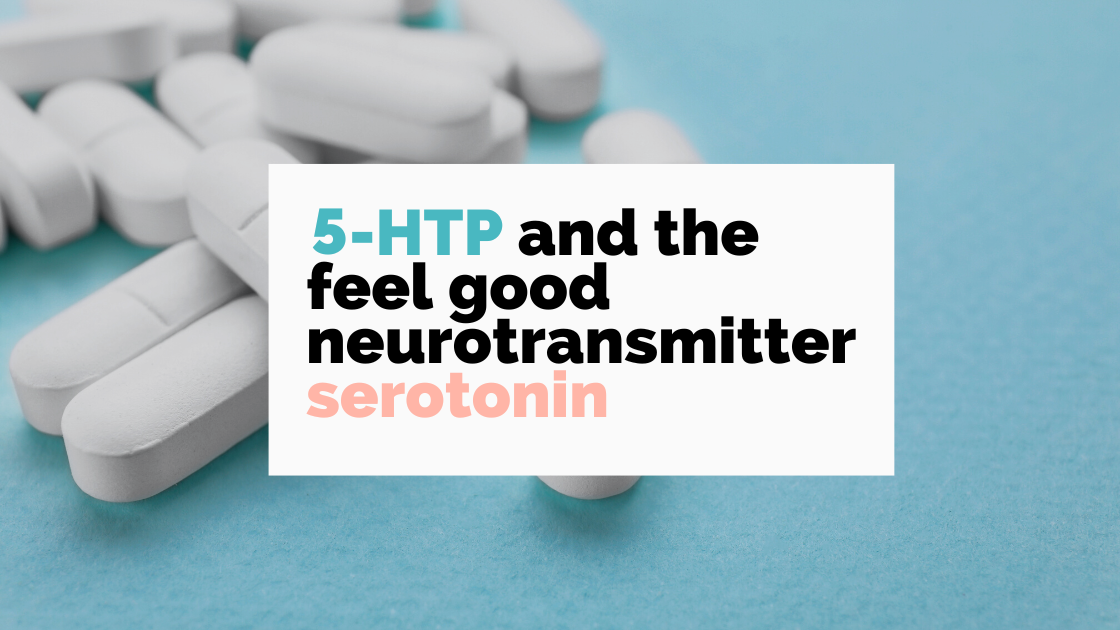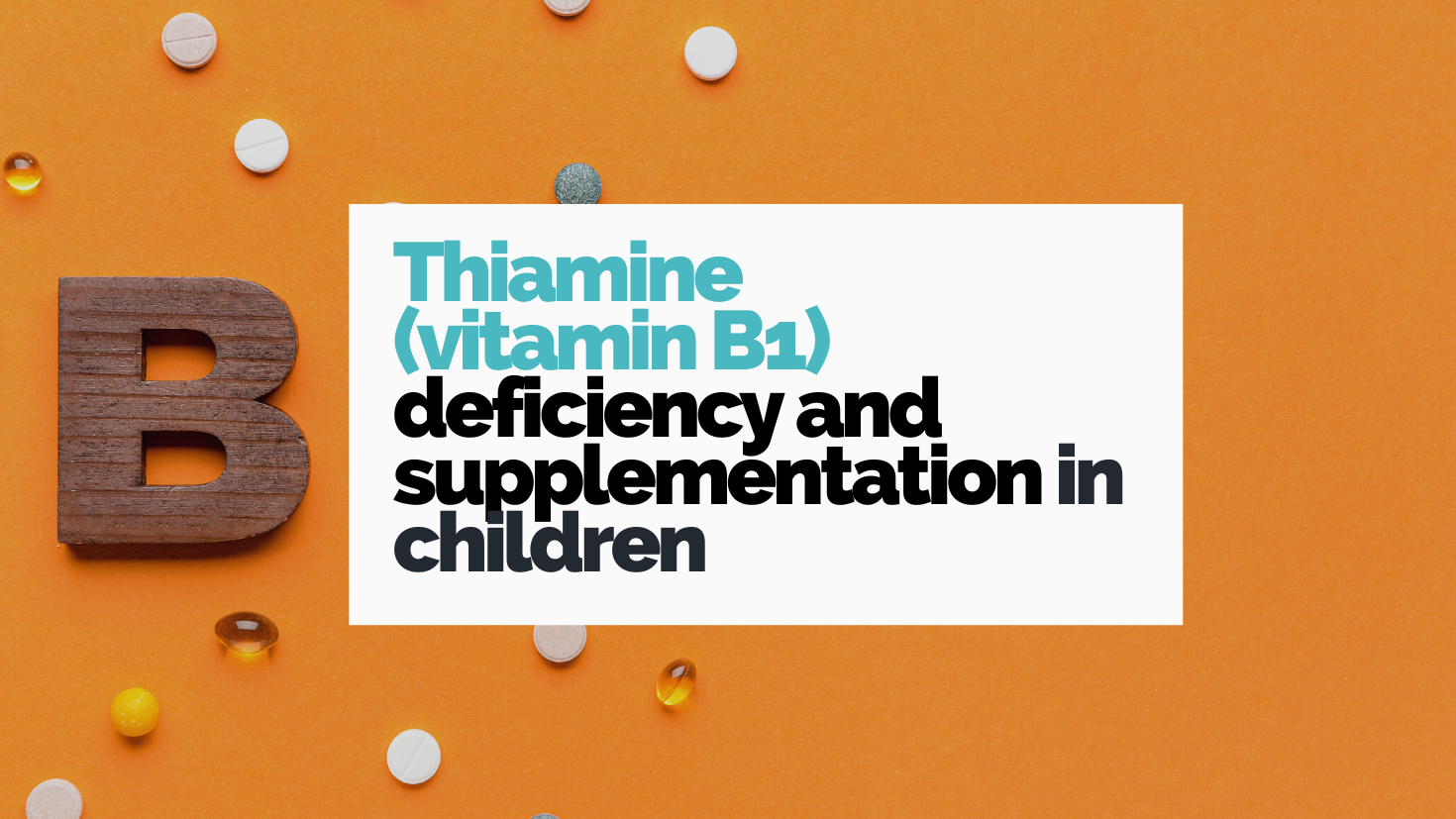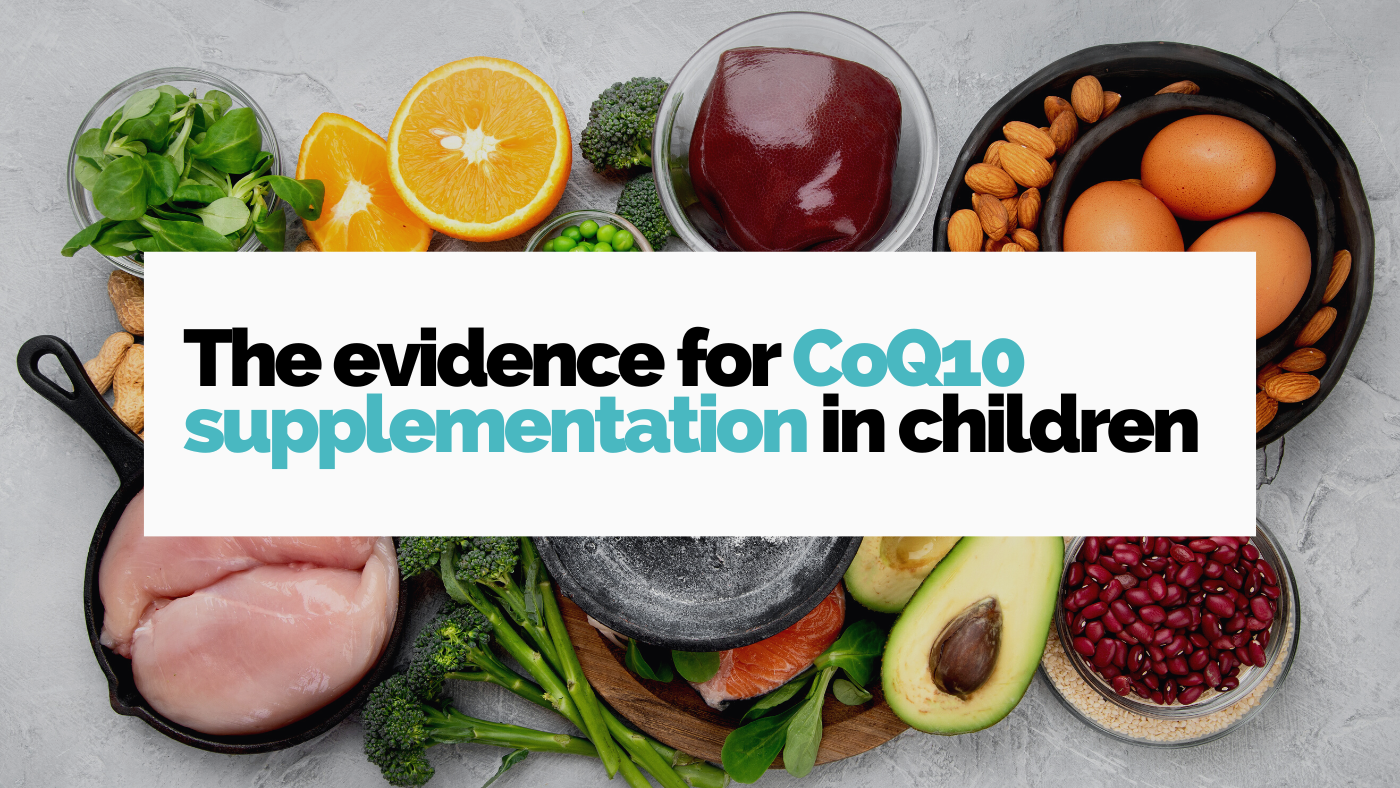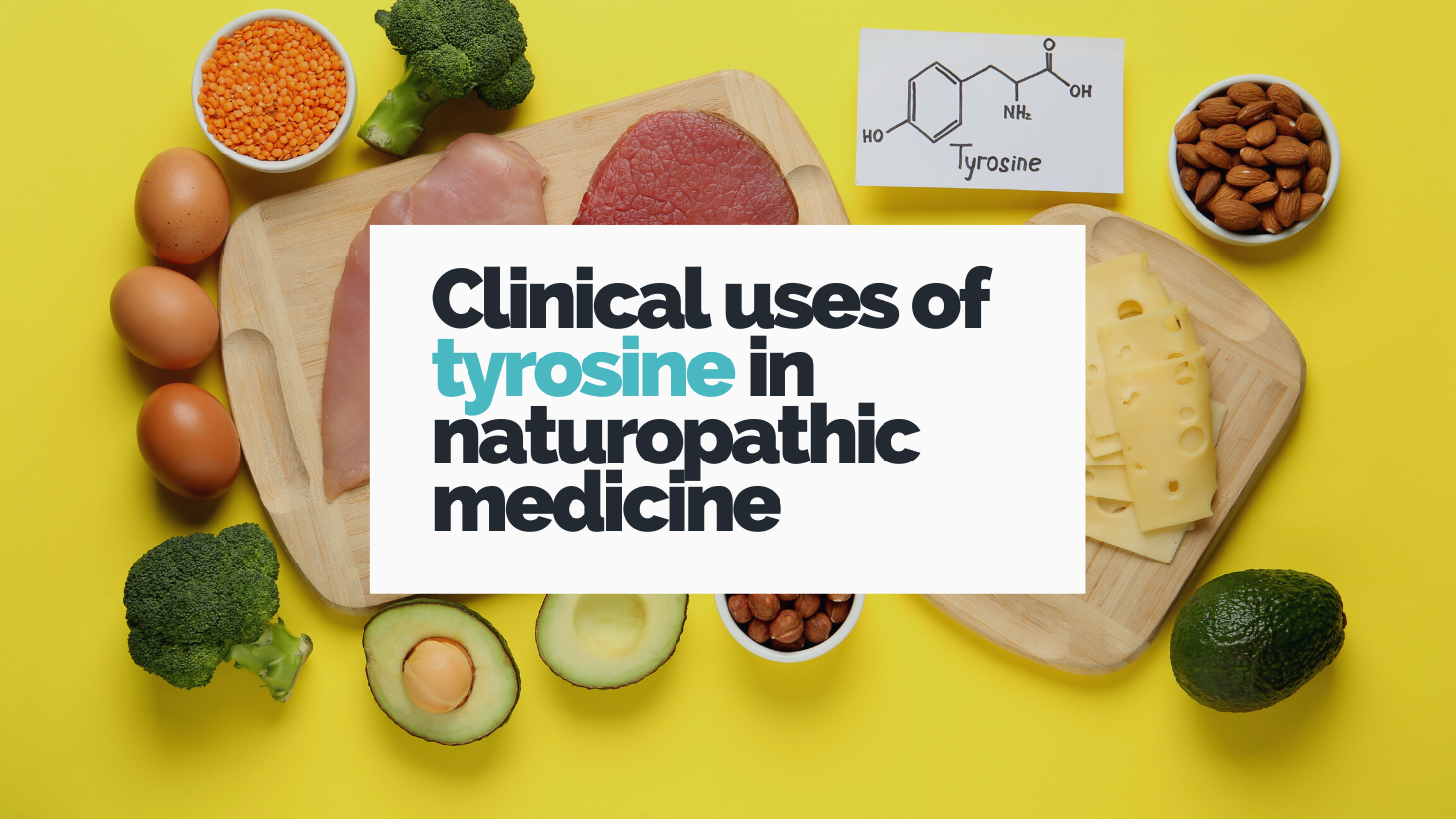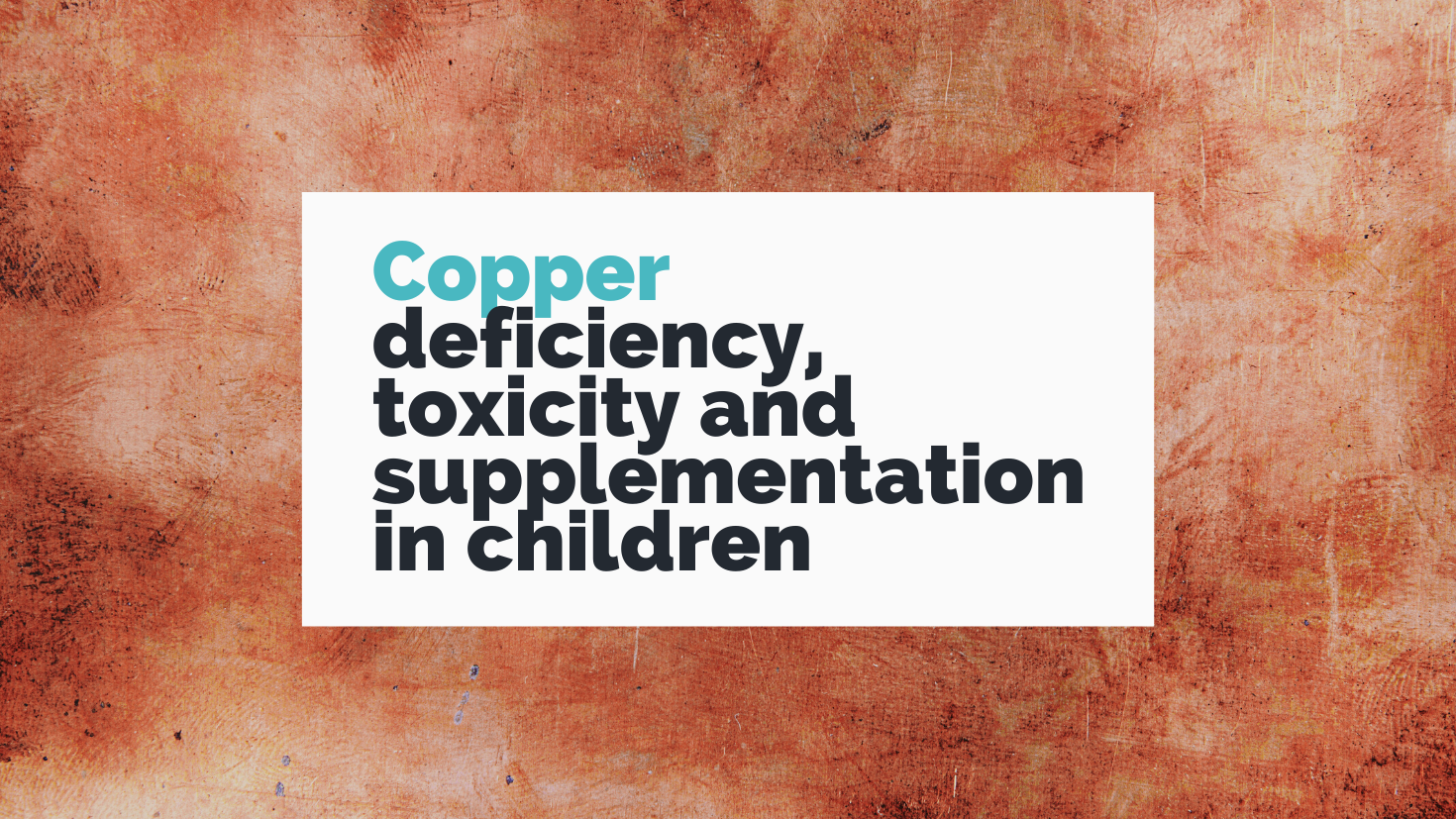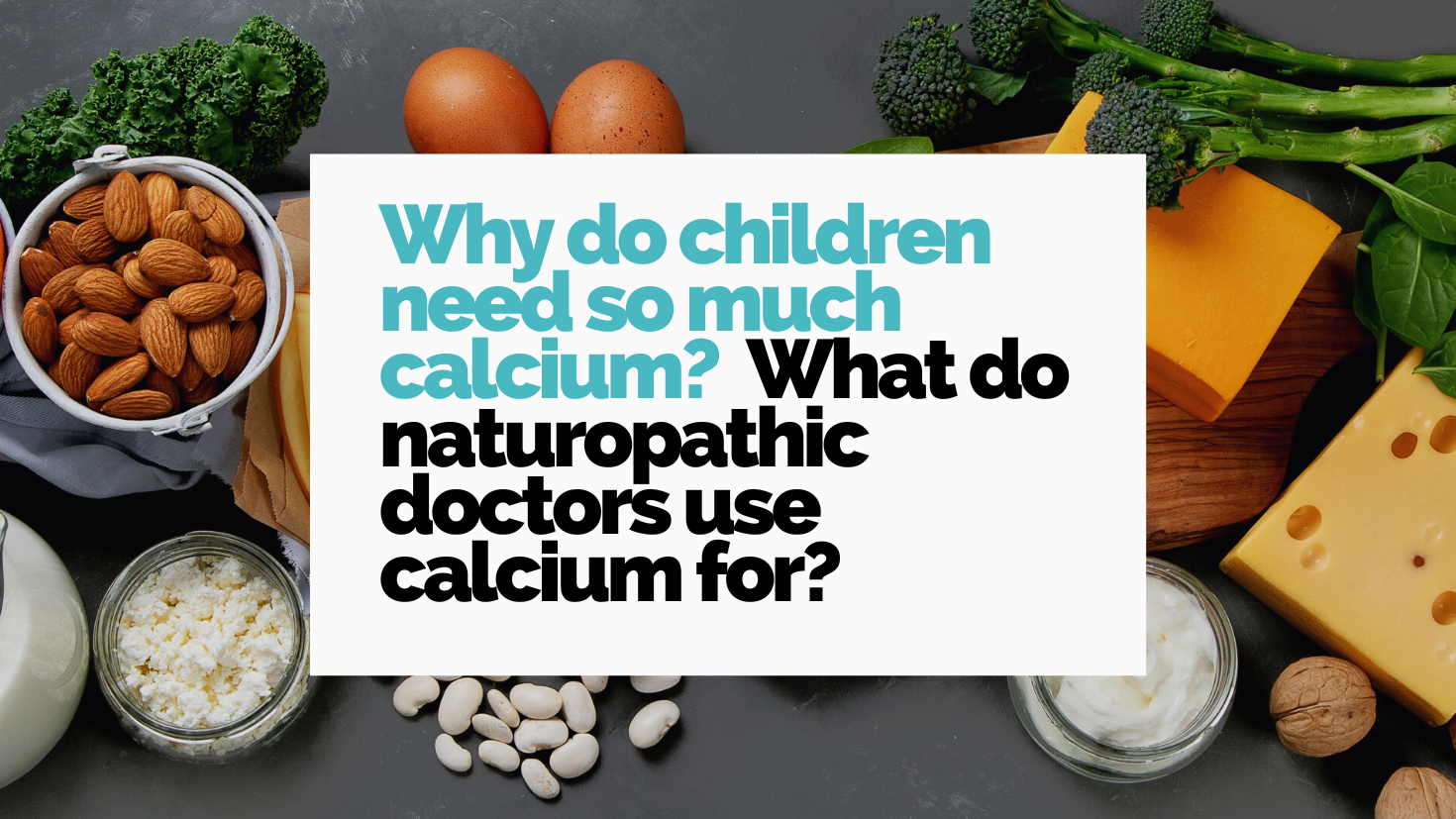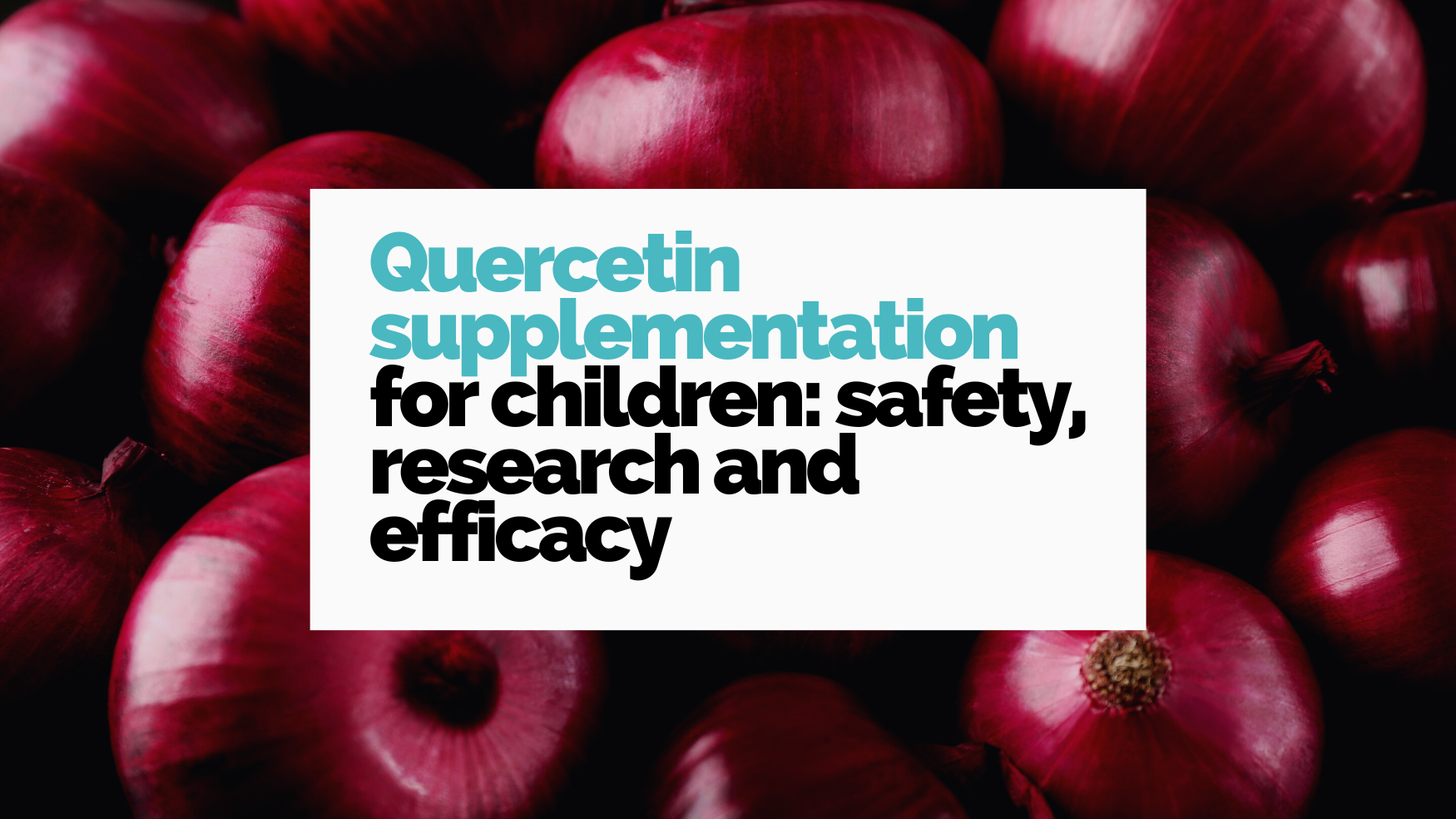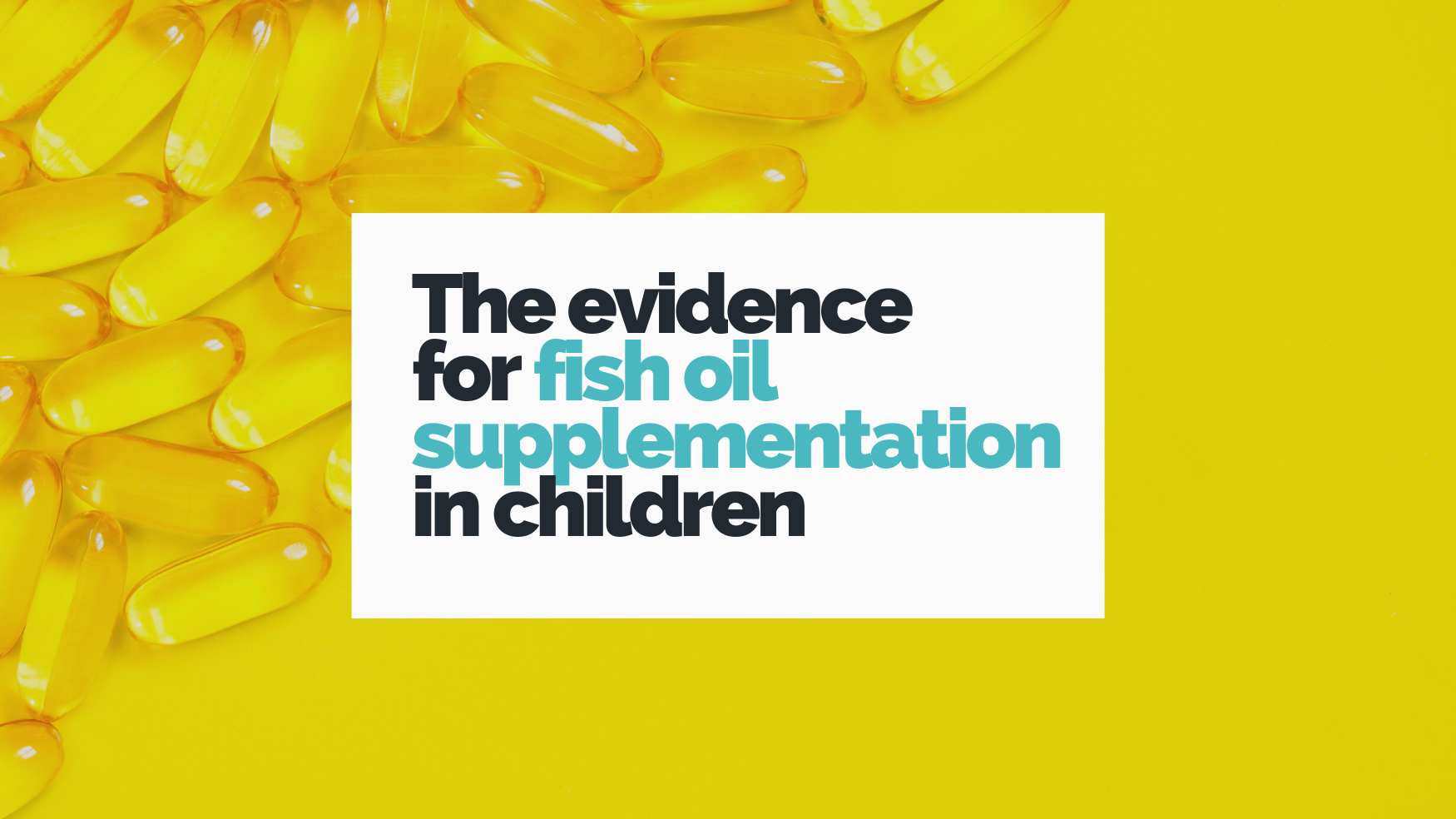Is stinging nettle safe for children? What is it used for?
Urtica dioica, commonly referred to as stinging nettle, boasts a rich history of culinary, medicinal, clothing and ceremonial practices. Belonging to the Urticacea family, it is a perennial herbaceous plant native to Europe and Asia, now found in temperate regions worldwide and considered a weed in intensive agriculture due to its rapid growth and colonization.1 The plant can grow to heights of 2 meters and is covered with microscopically hooked hair-like protrusions that cause the stinging sensation it is named for. This skin-irritating effect is triggered by the release of biochemical substances like histamine and acetylcholine from its needle-like protrusions.2...
